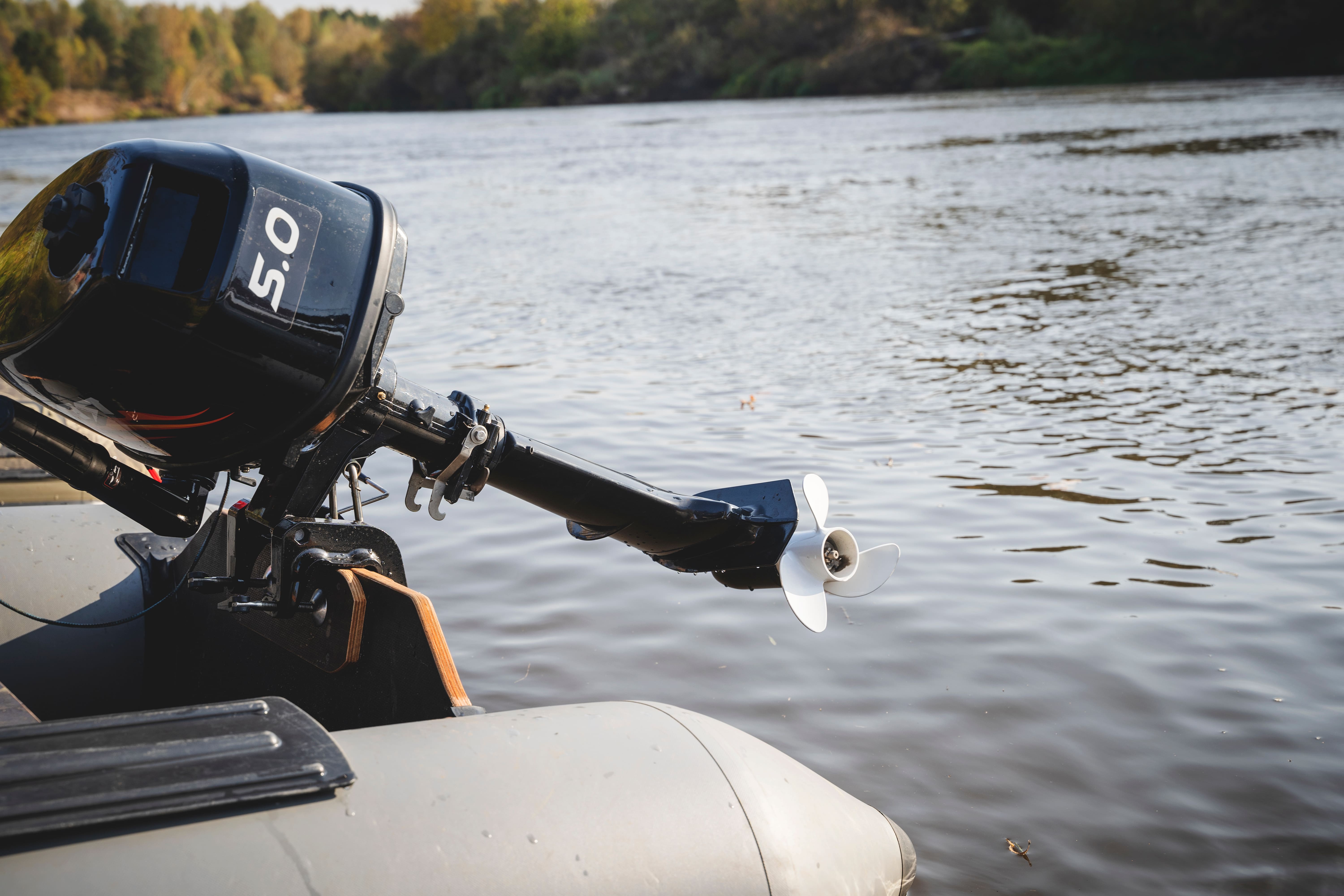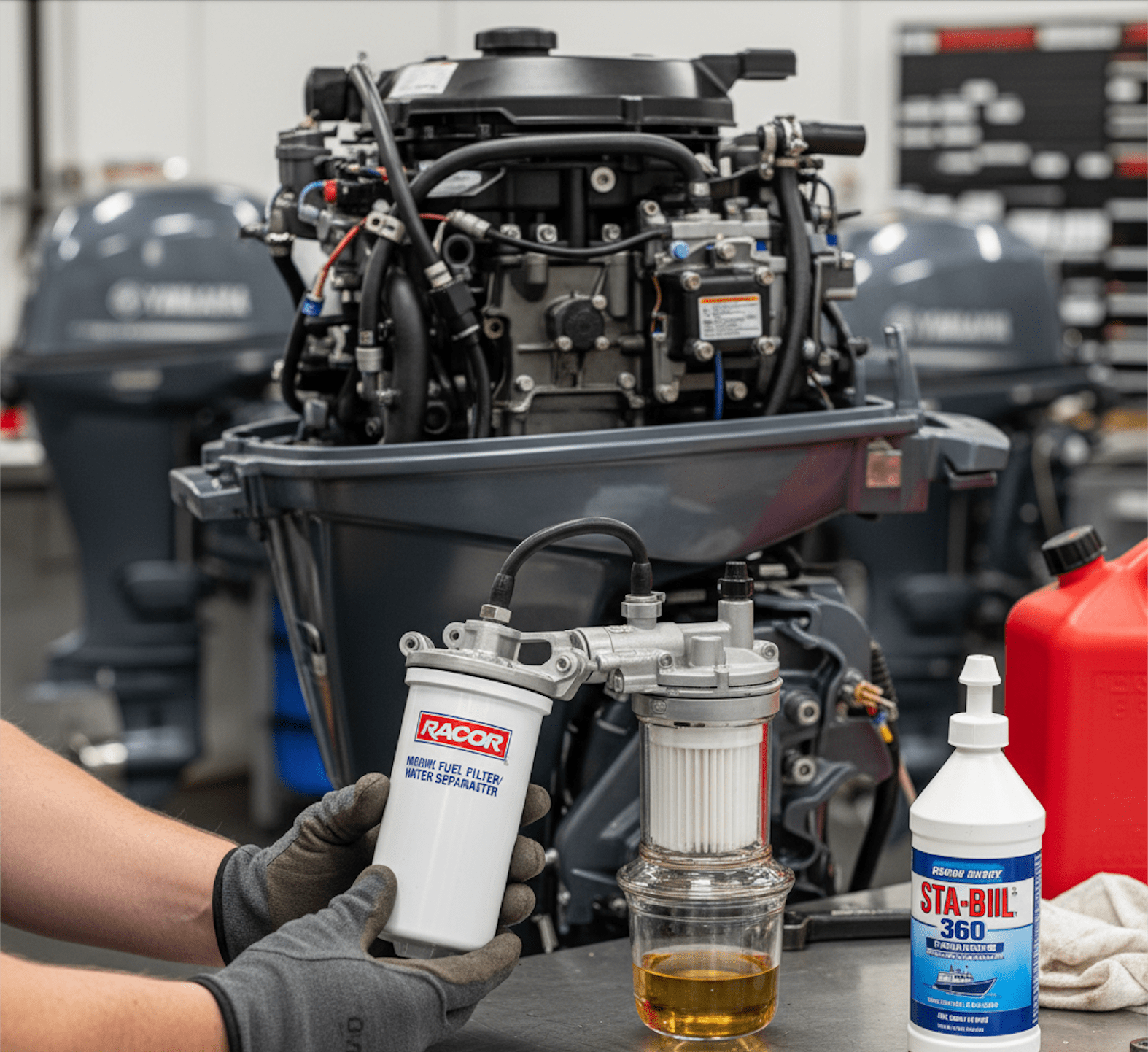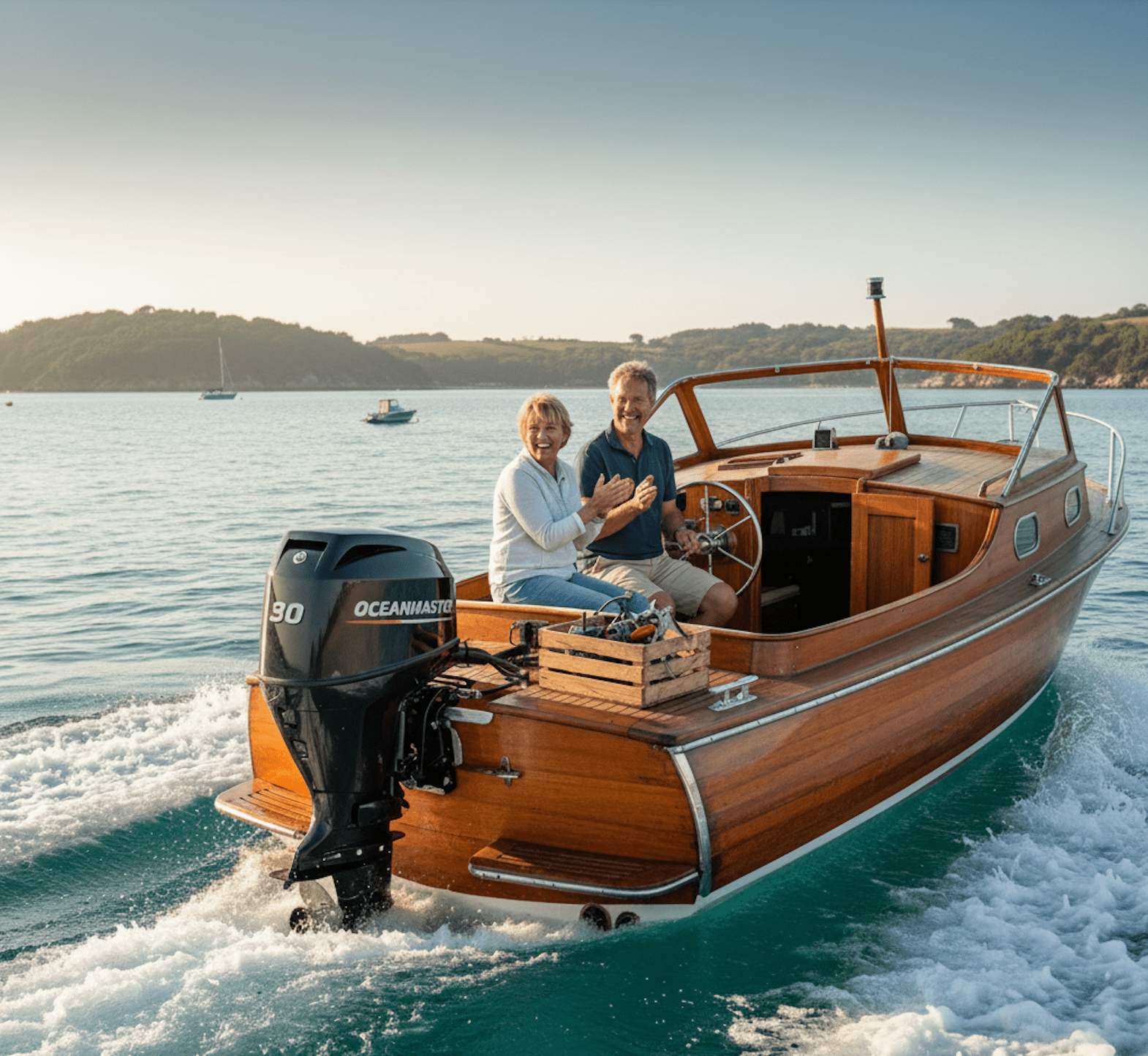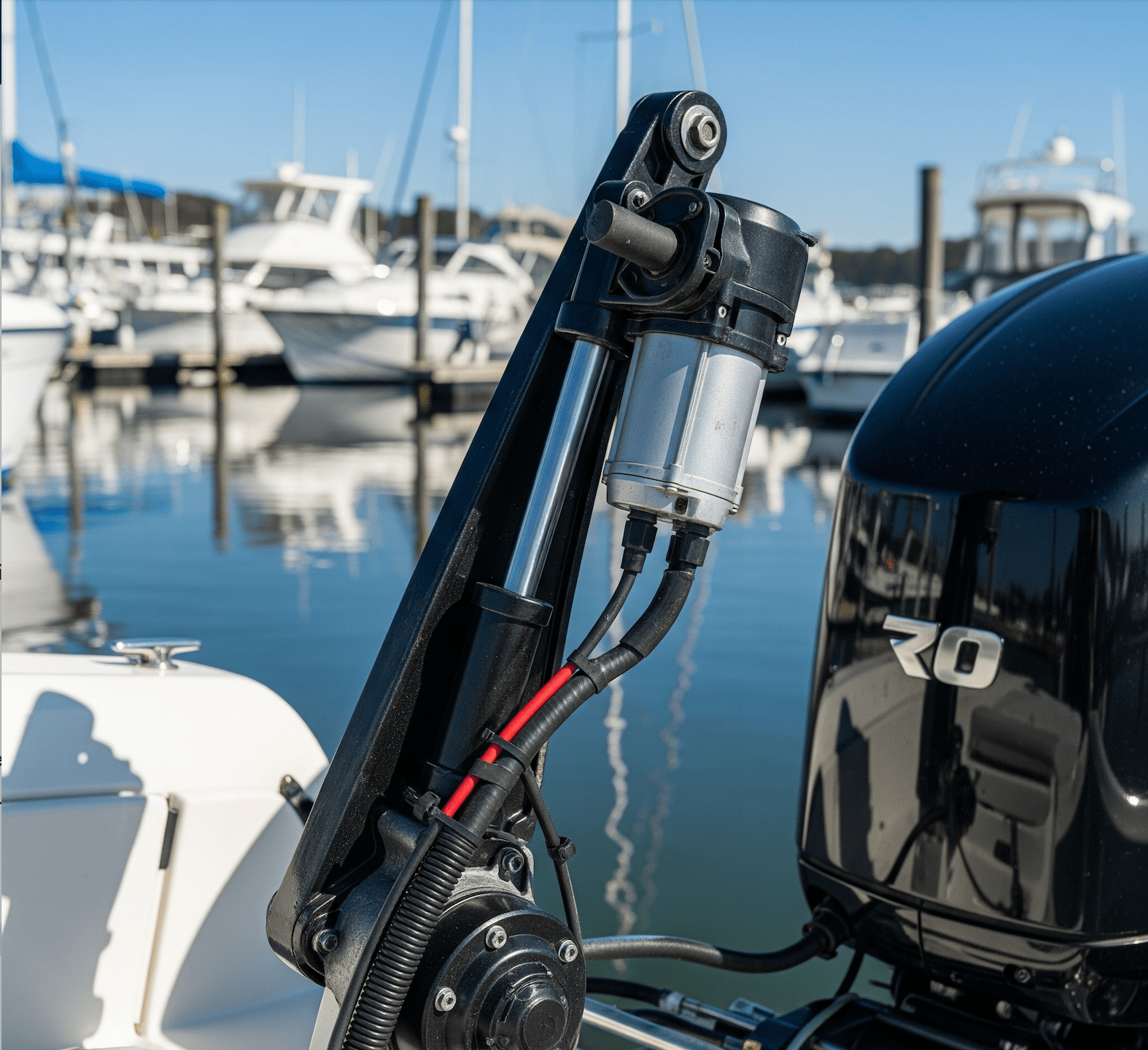There's nothing quite like the feeling of a brand-new outboard motor. That fresh paint, the clean lines, and the promise of countless adventures on the water. But before you push that throttle to the max, there's a crucial, often overlooked, step that directly impacts your engine's future performance and lifespan: the break-in period.
This initial phase of operation is vital for the longevity and optimal functioning of your new outboard. It's not just a suggestion; it's a critical process that allows the internal components to properly seat, lubricate, and adapt to each other under controlled conditions. Understanding and meticulously following the manufacturer's break-in recommendations will ensure your engine delivers maximum power, efficiency, and reliability for years to come.
Let's break down the importance of this initial period and how to properly run your new outboard.
Why the Break-In Period is Non-Negotiable
Think of the break-in period as the foundational training for a high-performance athlete. Just as an athlete needs proper conditioning to perform at their peak and avoid injury, your new outboard needs careful initial operation to ensure its internal components work harmoniously.
- Component Seating: During manufacturing, engine parts like piston rings, cylinder walls, and gear sets have microscopic imperfections. The varied RPMs and loads during break-in allow these surfaces to "mate" perfectly, creating optimal seals and reducing friction.
- Proper Lubrication: The initial hours ensure that all moving parts are adequately lubricated under different operating conditions, distributing oil evenly and preventing premature wear.
- Heat Cycling: Varying engine speeds allows the engine to go through different heat cycles, helping components expand and contract gradually, which is crucial for long-term durability.
- Flushing Manufacturing Residue: The initial operation helps circulate oil and fuel, flushing out any microscopic debris or contaminants left over from the manufacturing process.
- Optimizing Performance: A properly broken-in engine will achieve its rated horsepower more consistently, offer better fuel economy, and generally run smoother throughout its life. Skipping or rushing this period can lead to reduced performance, excessive oil consumption, and premature wear.
General Guidelines for a Smooth Break-In
While always consult your specific outboard's owner's manual for precise break-in procedures and hours, here are common guidelines for most modern outboards (typically the first 10-20 hours):
Phase 1: The First Hour (Very Light Load)
- Operation: Keep the engine speed at or below 2,000 RPM (or approximately 1/3 throttle).
- Vary RPMs: Do not maintain a constant speed. Continuously vary the RPMs within this low range. Avoid prolonged idling.
- Avoid Full Throttle: Do not exceed 2,000 RPM.
- Load: Run the boat with a light load.
Phase 2: The Next Few Hours (Moderate Load & Varied Speeds)
- Operation: Gradually increase the engine speed, but do not exceed 3/4 throttle (or approximately 4,000-4,500 RPM).
- Vary RPMs: Continue to vary the engine speed frequently within this range.
- Brief Full Throttle Bursts (Check Manual!): Some manufacturers recommend very brief (e.g., 10-second) bursts to full throttle during this phase, but only if explicitly stated in your manual. If so, return to moderate speeds immediately.
- Load: You can gradually increase the load on the boat.
Phase 3: The Remaining Break-In Hours (Increasing Load & Speed)
- Operation: You can now run the engine at any speed up to full throttle, but continue to vary the RPMs frequently.
- Avoid Prolonged Wide-Open Throttle: Do not run at continuous full throttle for more than a few minutes at a time.
- Normal Operation: By the end of this phase, you should be able to operate the engine through its full range of speeds, always varying the RPMs.
Beyond the Break-In: First Service & Ongoing Care
Once the break-in period is complete, it's crucial to perform the first scheduled maintenance service as recommended by the manufacturer (often at 10-20 hours). This typically involves:
- Changing engine oil and filter (for 4-strokes).
- Changing lower unit gear lube.
- Inspecting spark plugs.
- Checking all fluid levels and connections.
This initial service removes any microscopic wear particles generated during break-in and ensures your engine is ready for a long life of reliable operation.
Properly breaking in your new outboard is a small investment of time that yields massive returns in engine longevity, performance, and peace of mind. By following these guidelines and your manufacturer's specific instructions, you're setting your outboard up for a lifetime of adventures.
Want more outboard content? Check out our Instagram at @alloutboards!
Subscribe to our newsletter and receive a selection of cool articles every weeks.







